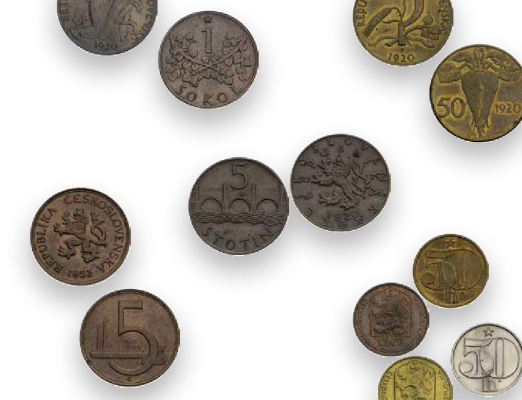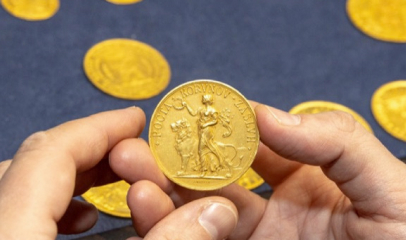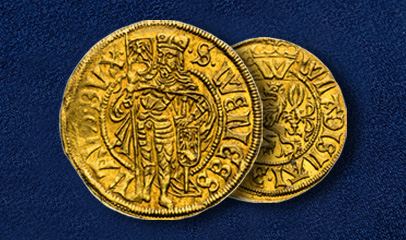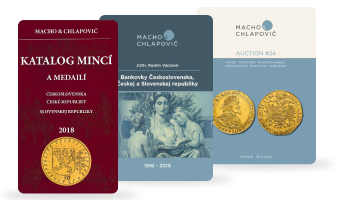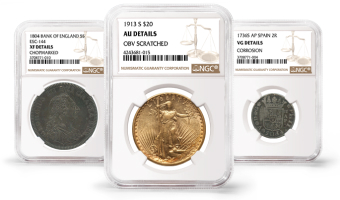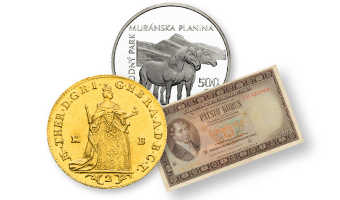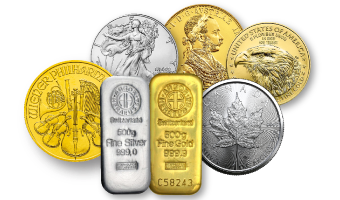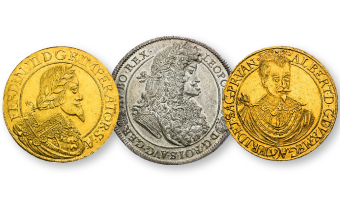Numismatic collections
Ancient, denar and groschen period
The Celts minted coins in our territory based on the model of Greek and later Roman coins. After that, coins were not systematically minted here for almost 1,000 years and foreign coins were used as a medium of monetary payment.
The first silver coins in Bohemia were minted by Boleslav I in the second half of the 10th century. In Hungary, silver coins were minted by the Arpad dynasty from the year 1000. The minting of denars persisted for centuries and was only stopped during the reign of Empress Maria Theresa in the 18th century.
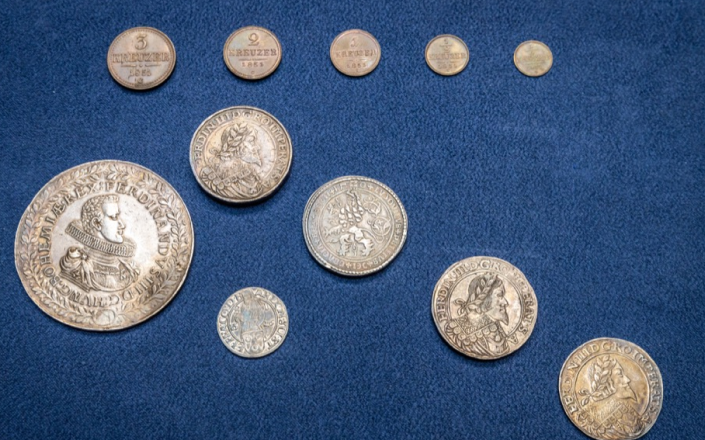
VÁCLAV II, KING OF BOHEMIA, BEGAN MINTING SILVER COINS – THE PRAGUE GROSCHEN – AFTER A REFORM PREPARED BY ITALIAN BANKERS AND LAWYERS.
The Prague groschen became a very popular currency in Central Europe for a long time. In 1329, silver Hungarian groschen with a value of six denars began to be minted in Kremnica. They were followed by gold florins, thus creating a bimetallic coinage system that lasted until the beginning of the 20th century.
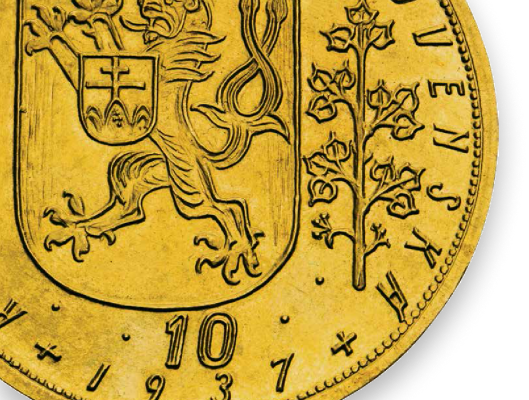
CZECHOSLOVAK DUCATS
Alongside the rare coins of the First Republic and specific test mints, St. Wenceslas and Charles IV ducats are the most interesting coins of Czechoslovakia, both from the collector’s and investment point of view.
The St. Wenceslas ducats began to be minted at the Kremnica mint in 1923. The winning design came from the artists Otakar Španiel and professor Jaroslav Benda.
ALTERNATIVE CURRENCY DESIGNS, PATTERN STRIKES
Although they have seen the light of day, they never became legal tender. They are usually in the collections of national banks and in museum depositories. In private collections, they are as rare as saffron.
They are extremely rare and extremely valuable. Did you know that the coins in our currency may not have originally been called crowns and hellers at all? What about francs, sokols and hundredths? Rarities that many of you have never even heard of before are highly sought after today.
